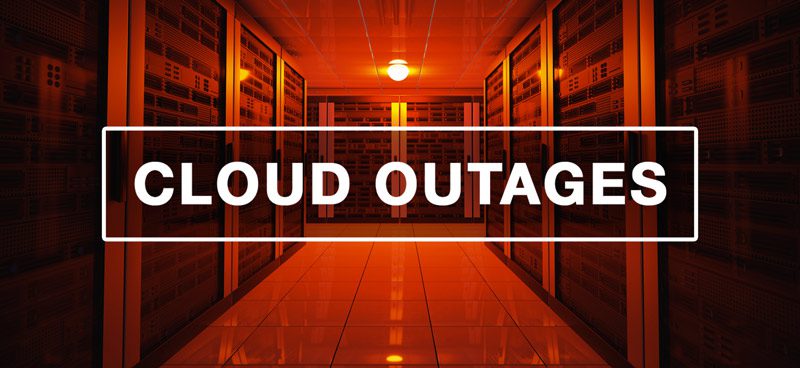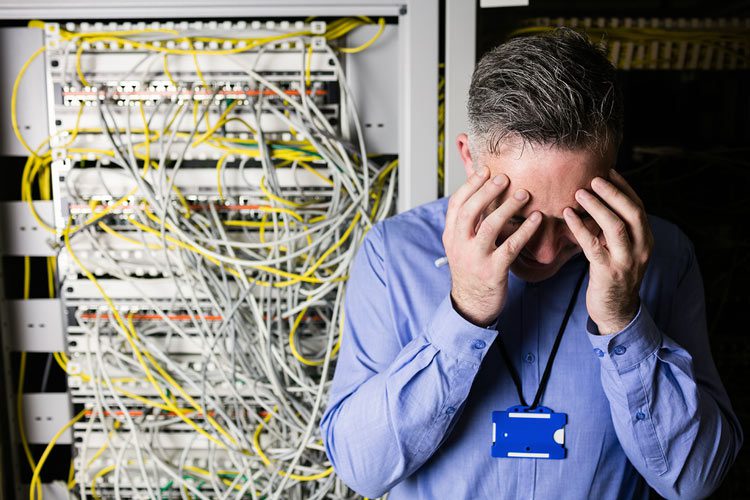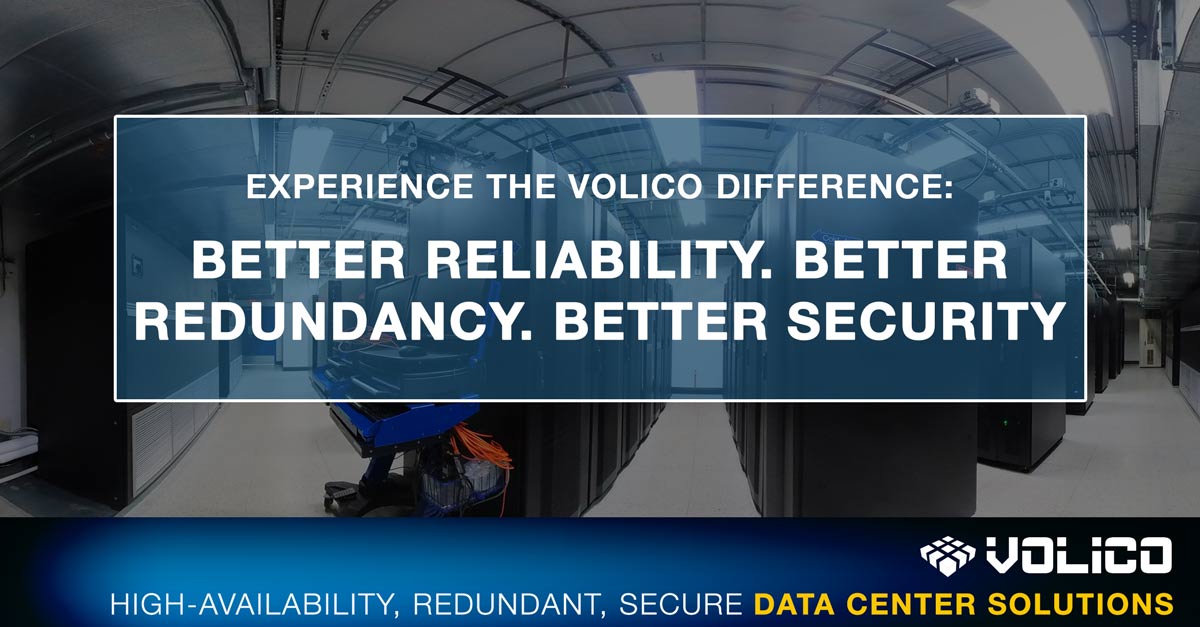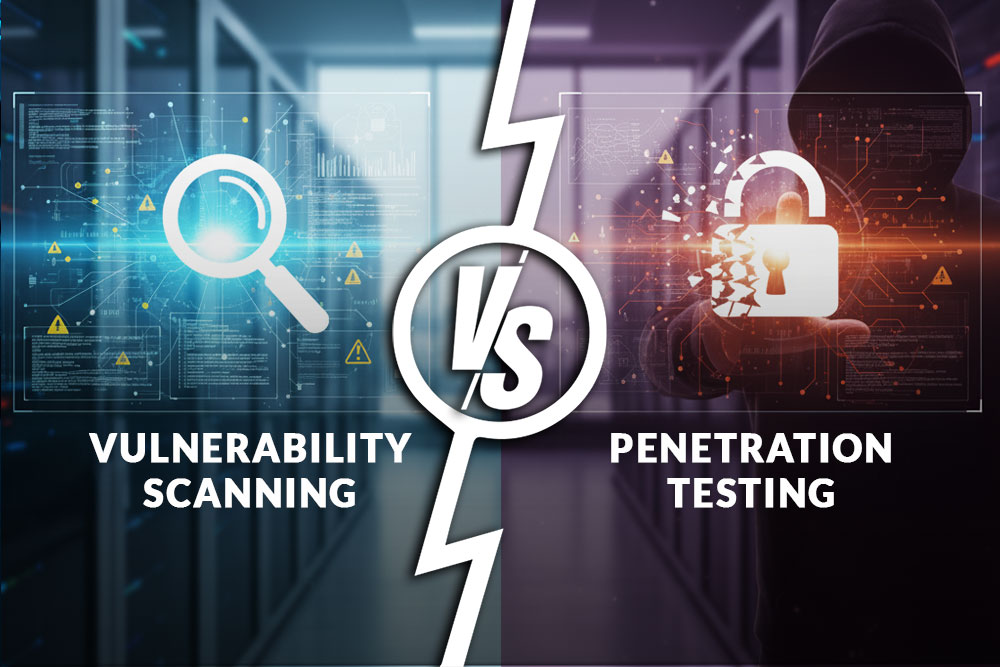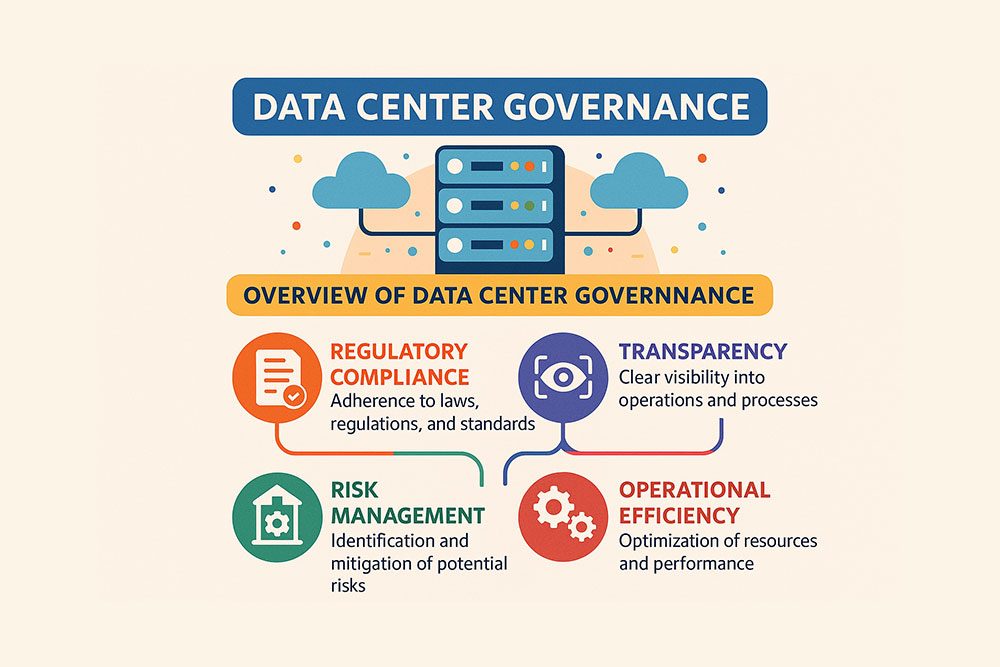In recent years, the cloud services landscape has transformed into a super competitive marketplace. As market competition grows fierce, providers have engaged in relentless price wars to secure a more extensive client base. While the underlying mechanisms responsible for numerous cloud outages eventually come to light, the recurrence of certain issues can be attributed to the tradeoffs made by providers in pursuit of cost efficiency and profitability.
While this scenario might seem advantageous for clients from a cost perspective, it raises the question of potential trade-offs.
Could these ongoing price wars be pushing providers to make cuts that inadvertently undermine service quality and reliability?
This article explores the connection between cloud outages and a preference for cost over reliability. Find out whether sacrificing reliability is worth the savings!
The Price Appeal of Cloud Services
Cloud services have revolutionized how businesses operate, offering an economical alternative to on-premises data centers.
Enterprises can upscale operations without significant upfront capital expenditure, leveraging efficiency and flexibility.
This affordability factor has undeniably catalyzed the widespread adoption of cloud services across diverse business sectors.
The Casualty of Cost-Cutting: Service Redundancy
When grappling with price competition, cloud providers often consider trimming redundancy measures as a cost-cutting tactic.
Redundancy — having backup systems ready to operate if the primary system fails — is crucial in ensuring reliable cloud services. However, such compromise on redundancy can increase the risks of disruptions and outages.
The High Stakes of Service Disruptions and Cloud Outages
The financial impact of service disruptions and outages is staggering.
According to the Ponemon Institute Report, the average cost of an outage can amount to around $5,600 per minute or over $300,000 per hour.
Gartner’s research further underscores the importance of maintaining service reliability. The firm estimates that by 2025, businesses that will have not effectively risk-managed potential cloud service outages will experience ten times the outage hours of those that have.
In addition, a survey by Uptime Institute indicates that about 31% of businesses have experienced an IT service incident or outage that significantly impacted their operations within the past three years.
These figures and stats highlight the high stakes and potential costs associated with service disruptions and outages.
These costs aren’t only monetary; they also include the erosion of customer trust and potential damage to brand reputation.
And, in today’s competitive business landscape, where customer satisfaction is crucial, outages could result in significant losses, including the potential loss of customers to competitors.
Correlating Lower Costs with Higher Cloud Outages Risks
A survey conducted by LogicMonitor predicted that 83% of all enterprise workloads will be in the cloud by 2020 —41% will be in the public cloud platforms, 20% in the private cloud, and 22% in the hybrid cloud.
As the usage of cloud services grows, outages could potentially affect a significant percentage of businesses, particularly those opting for lower-cost services.
Data suggests a correlation between aggressive pricing and service reliability. Providers that offer lower prices often experience higher frequencies of service disruptions.
A study analyzing cloud hosts across several providers found cheaper hosts have higher failure rates. This supports the concern that cost reductions might involve compromises that can impact reliability.
These outages impact not only the direct clients of these providers but also ripple through to businesses that rely on these services, compounding the overall adverse effect.
An Industry-wide Reality Check
The cloud services industry needs to take a step back and critically assess its trajectory.
Providers must ensure that their pursuit of affordability doesn’t compromise service reliability.
Investing in robust systems, incorporating redundancy measures, and undertaking proactive maintenance can go a long way in preventing outages, even if it means incurring slightly higher costs.
In the long run, reliable services contribute to customer retention and satisfaction, offsetting the hefty initial fees.
Still, many outages emanate from internal issues within providers’ systems.
A case in point is the infamous Border Gateway Protocol (BGP) outage, which led to disruptions on Facebook, Instagram, and WhatsApp, among other sites, for approximately six hours.
The outage was reported to have been caused by a flaw in the system managing Facebook’s global backbone network capacity, a network of tens of thousands of miles of fiber-optic cables spanning the globe and linking all of Facebook’s data centers.
In the era of the cloud’s interconnectivity, the domino effect of such an outage can be quite severe.
Previously, cyberspace disruption might have been shrugged off as minor inconveniences, but with the growing dependence on the internet and cloud services today, an outage is far from trivial.
It now translates to a halt in critical operations, potentially inhibiting essential services such as online purchasing of necessities like food.
These incidents serve as a wake-up call for the industry, highlighting the need for providers to emphasize cost efficiency and system reliability while prioritizing robust security measures to protect against external threats.
How Volico Data Centers is Striking the Balance Between Affordability and Reliability
Balancing cost and reliability is a big challenge in the cloud services industry. Still, these two things can work together.
As our data centers grow and serve an increasing number of clients, we leverage the benefits of ‘economies of scale.’
This principle means the cost of serving each customer decreases as we expand. That way, we can maintain competitive pricing while still delivering excellent services.
Investment in robust infrastructure is another way Volico guarantees both affordability and dependability.
We commit substantial resources to our servers, data centers, and other crucial technical components. This robust infrastructure supports our services’ reliability and allows us to manage any arising issues effectively.
Further, we employ Artificial Intelligence (AI) and Machine Learning (ML) to anticipate and address potential issues before they become problematic. This proactive approach enhances service reliability and reduces the costs of resolving issues and managing service interruptions.
Experience the Volico Difference
Volico is where cost-effectiveness meets dependability.
We’ve combined both worlds to create an affordable and reliable cloud services experience.
As Volico continues to expand, we pass the benefits of economies of scale onto you. As we grow, we’re all about offering high-quality, better, and more reasonably priced services.
We don’t compromise on infrastructure. Investing in the best servers, data centers, and technical resources is our priority to guarantee seamless service delivery.

